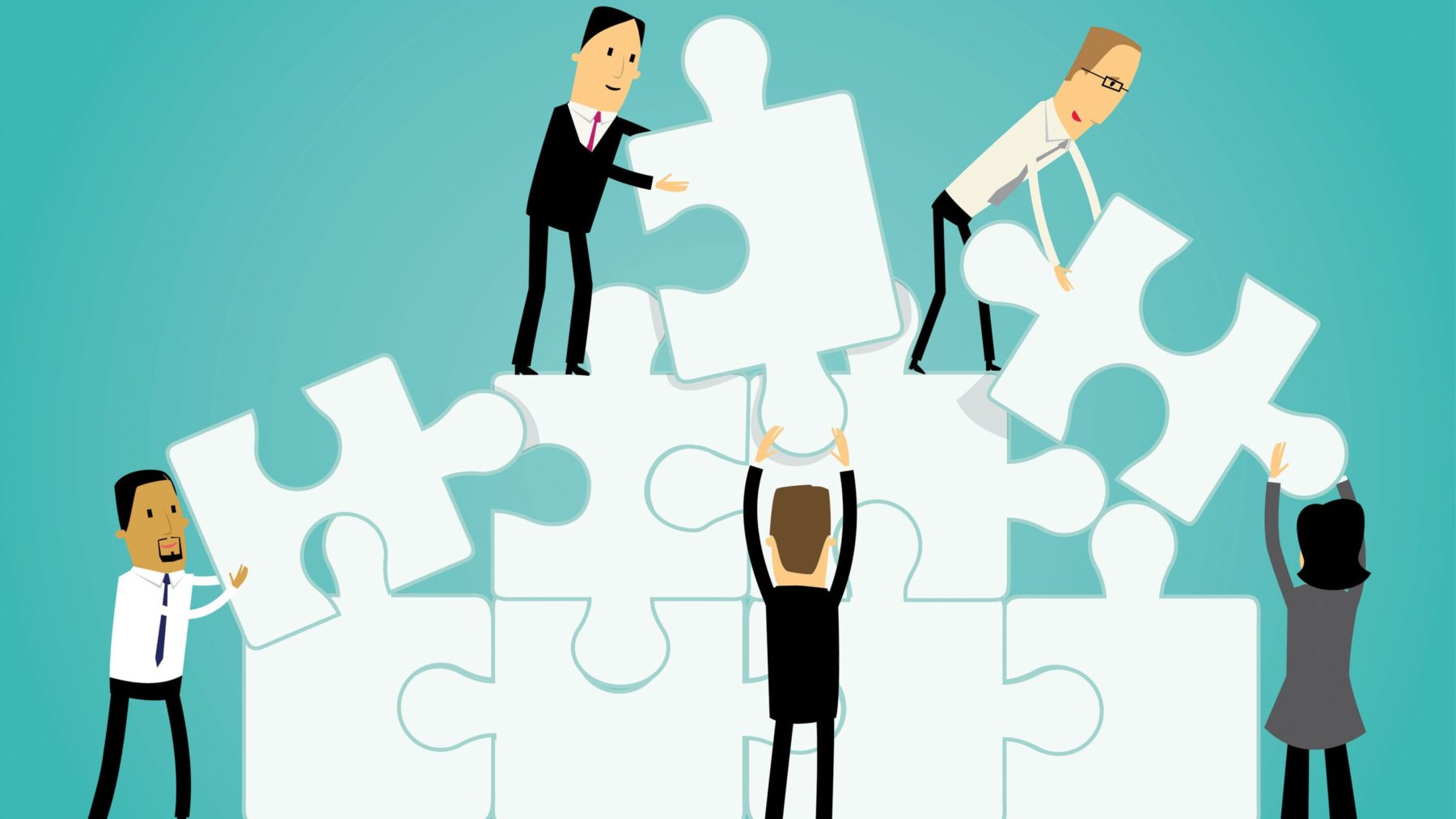If you felt like brands were getting to know you better in 2017, imagine living in a world where being understood was the most valued expectation from a brand. In other words, creating the ultimate customer experience—one that understands you, the consumer.
In 2018, empathy will be at the core of an ecosystem that supports the customer experience. The health consumer—whether a patient, caregiver, nurse, physician’s assistant, payer, or physician—will be experiencing things more contextually. Artificial intelligence (AI) and machine learning will be the foundational underpinning that will optimize our communications at just the right points, both virtually and live. Up until now, AI and big data have allowed a certain level of customization based on understanding consumers. As we move forward, we will know even more about them and be able to create ideas and customer experiences that touch them in more meaningful ways, leveraging data to help fuel the big idea. And this isn’t really a surprise as we have demanding customers—and we also have new types of technologies that help understand them better.
Five ways that empathy will drive creativity include:
1. Empathy by design. I habitually challenge every creative to walk in the shoes and experience the plight of the customer that you’re creating for. Also, make sure you mine the data around this experience to help draw even more conclusions than what you experienced personally. Once you feel the challenge and also determine how others will feel it, you can design experiences that have emotional resonance and that fill the unmet needs of your customer. That’s the gap that needs closing. Your empathy and understanding enhanced by data can help close it. But, that’s only if you take the time to experience it and read between the data lines. Designs that are empathic will have a greater ability to change behavior because they connect people and brands.
The thing about health is that no matter the customer, one feels it in some capacity. This alone makes the notion of empathy a pretty obvious one. When you feel health both positively and negatively, it activates the imagination while you’re in the process of feeling. Take this a step further and it’s a method of inspiration.
2. Empathy from data. The more we learn about and understand our customers, the more personal and human our creative solutions can be. Often the data that can seem overwhelming can uncover a human truth, or a unique and richer insight that was missed because everyday understanding might only touch the surface of a subject. We cannot underestimate the power behind what data can expose and offer for ideation and design. Understanding universal truths along with subtleties about your customer, and applying this understanding to idea generation, offers tremendous fodder for designing more meaningful customer experiences. The future of our industry will be defined by how creatively we use data. Because data, along with empathy, will be at the core of every customer experience that we design.
For years, the word “data” would make people feel cold because they didn’t understand its usefulness beyond numbers. Yes, data is facts and statistics collected together for reference or analysis. However, as you begin to understand a customer’s health journey, suddenly data takes on a whole new meaning. While we must always walk in the customers’ shoes to feel their pain, we must also use data to expose richer and more complex information (like another group of customers experiencing a similar experience) that we might not get while taking the walk. This, in turn, exposes human health truths and greater insights into the uniqueness as well as the similarities of our customers. Data isn’t one-dimensional; it offers so many layers of analysis into health situations. The more we know about our customers, the better we understand their circumstances, and this offers fodder for real-world problem solving.
3. Empathy through feeling experiences. If you want to really understand someone’s health circumstance, walk in their shoes through a virtual experience where you can simulate an environment of illness to feel their pain. Virtual reality (VR) continues to advance with the ability to create truly immersive virtual environments (IVE) that can document any kind of experience. If we ponder the applications of VR in healthcare, they are vast. We have the ability to design immersive health experiences, from multiple customer perspectives, for an individual as well as a group to experience. The collective experience offers the power for a group to simultaneously feel something together. And sharing the experience with family, friends, or colleagues can enhance the emotion and make it more memorable.
With virtual reality continuing to evolve, ask yourself, “What are the ways to take the idea of an “empathy machine” to our health customers? And how can we help the healthcare community better understand the health world that we’re living in?” If we can leverage an empathy mindset for all customers, we can design a healthier, more positive holistic health experience.
4. Empathy with humanized devices. Not all devices are created equal. But the devices that stand out are the ones that not only solve a real customer challenge like compliance, but also are customer-centric. They feel the plight of their consumer and create an experience that makes the customer feel understood and heard. When designed well with humanization in mind, health tech and devices have the power to meaningfully change and upend behavior because they get how to motivate their end user. And that’s because the devices were created with empathy.
As we contemplate empathy and its relationship to technology, we have to acknowledge that they seem at odds with one another. Technology is cold, unfeeling, and about data. Empathy, on the other hand, is about the feeling of things. Technology is much like the left side of brain, which is rational, and empathy is the right side of the brain and is emotional. That said, imagine if you coupled the two together to create devices that feel the customer. That these devices were only created with the customer experience in mind. That they understood each step of the journey and how they could empower a customer to change and move forward with healthy routines. That would be empathetic.
5. Empathy that understands context. We live in a time in which we can truly control where and how we communicate. 2018 will take this to the next level, with contextual content being increasingly served up at point of need. Customers have needs, and brands need to find ways to fulfill them. The idea of contextualizing content is a way to meld ideas and channels when the customer needs information most. Contextual content is a great way for a brand to meet a customer’s need, as well as demonstrating empathy in action.
When it comes to health, there are many ways to think about contextual content. One way is to break it down from a basic content perspective—unbranded (disease education) or branded. Another way is to consider it through the stages of the customer journey, from information seeking, looking for communities, and asking your doctor about a specific product, all the way to compliance and adherence content that might be a pill-plus-program approach to treatment. And there are multiple ways to think about the journey as well. You think about mindsets, from a proactive preventative one in which the customer wants to predict their health future and drive a different experience, to a reactive one in which the customer considers their treatment plan. Or the journey can be seen through the lens of a specific customer, such as a physician who sees a patient at the diagnosis stage and needs to contemplate a treatment plan and beyond. The customers vary and the journey varies, as does the need for customized contextual content.
2018 will be the year of empathy. Not only will it offer a way to feel someone’s pain or challenge, it will be a way for creatives to create and design experiences that get under the hood and understand what might be required to engage with customers. Empathy will offer a sharper lens into how best to design an experience with greater context and relevance for all kinds of customers. And it will also provide another method of ideation for creatives offering a more human approach to creative problem solving.








